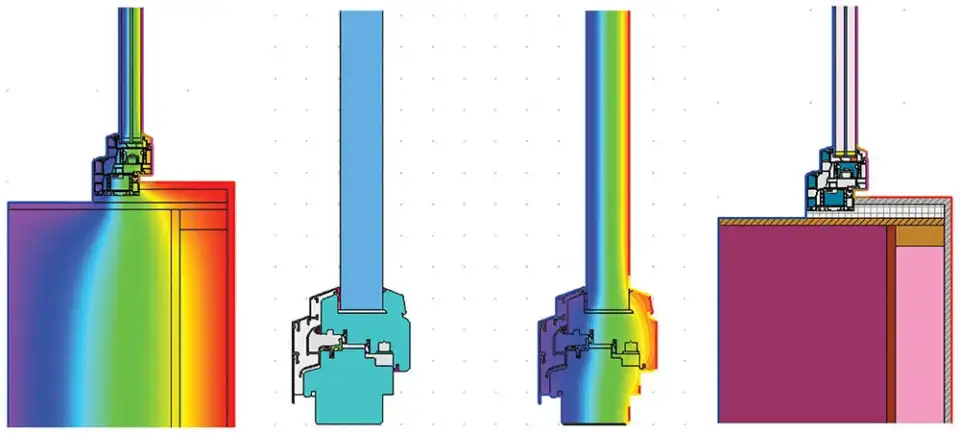
Passive House consultants in North America have long faced a shortage of domestically manufactured Passive House-certified windows. A significant barrier is the fact that North American windows are typically rated using methods developed by the National Fenestration Rating Council (NFRC). The resulting specifications do not align with the performance parameters needed by the Passive House Planning Package from the PHI. In addition, generating the data to meet both rating methods is expensive and time consuming for manufacturers.
In 2017, the Fenestration Association of British Columbia decided to fund a project to help Canadian window manufacturers increase their share of the growing demand for Passive House windows. The goals of the project are (1) to provide a comprehensive guide and supporting tools to derive Passive House window data from existing NFRC simulation data; (2) to support North American manufacturers in developing PHI-compliant windows; and (3) to validate the use of existing tools familiar to North American window modelers for PHI modeling. The guide is being developed as a collaborative effort between RDH Building Science, Peel Passive House Consulting, and PHI.
The major difference between NFRC and PHI windows is one of detail. A NFRC window is typically rated according to the U-factor and the solar heat gain coefficient (SHGC) of the whole window assembly, not the individual components. A PHI-certified window requires individual values for the U-factor and the SHGC of just the glazing, the U-factor of the frame, the thermal bridge of the window spacer (Psi-spacer), and the thermal bridge of the installation (Psi-install). The heart of the project involves evaluating commonly available North American modeling software to determine its fit for producing PHI-compliant window specifications.
The guide delves into the details of various international standards and popular North American software tools that, despite not being officially validated to the appropriate international standards, might be used to comply with those standards. It concludes that WINDOW and THERM Version 7 software, both developed by Lawrence Berkeley National Laboratory, can be used to calculate glazing and frame U-factors, glazing SHGC numbers, and Psi-spacer and Psi-install values that adhere to PHI’s official calculation methodologies.
The guide, which should be released by the end of 2018, will include background information on the related Canadian policies and Passive House window parameters, step-by-step modeling instructions, specific software pointers, climate-specific requirements, modeling reference sheets, and a reporting template. Armed with the details in the guide, Passive House consultants will be able to derive PHI-acceptable values for windows that are not officially certified. In addition, window manufacturers will be able to design products that more closely meet Passive House requirements.
Photo by Peel Passive House Consulting